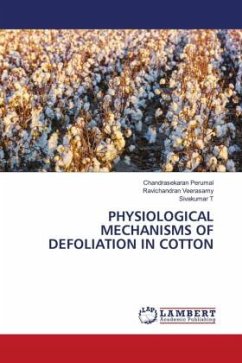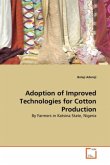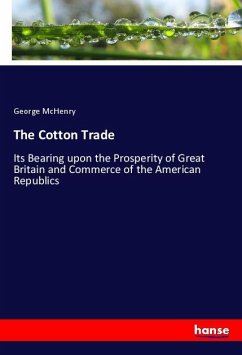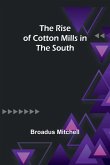The aim of this book is to study the effect of different chemical defoliants and time of application on defoliation in cotton. To achieve these objectives we discussed different type of defoliants and time of applications such as 2, 4- D (0.5 %), Ethephon (0.5 %), Ethephon (0.5 %) + TIBA (0.05 %), Sodium chlorate (0.9 %) spray, 6-BAP (0.1 %), Thidiazuron + Diuron (0.03 %). Various morpho-physiological parameters were studied to evaluate the effects of chemical defoliants on cotton defoliation. The results strongly emphasized that the defoliation and its associated traits were significantly altered through application of chemical defoliants. Among the different defoliants available in the market, Thidiazuron + Diuron (0.03 %) and Sodium chlorate (0.9 %) were found to significant role in the leaf defoliation and boll opening percentage compared to other defoliants.
Bitte wählen Sie Ihr Anliegen aus.
Rechnungen
Retourenschein anfordern
Bestellstatus
Storno








